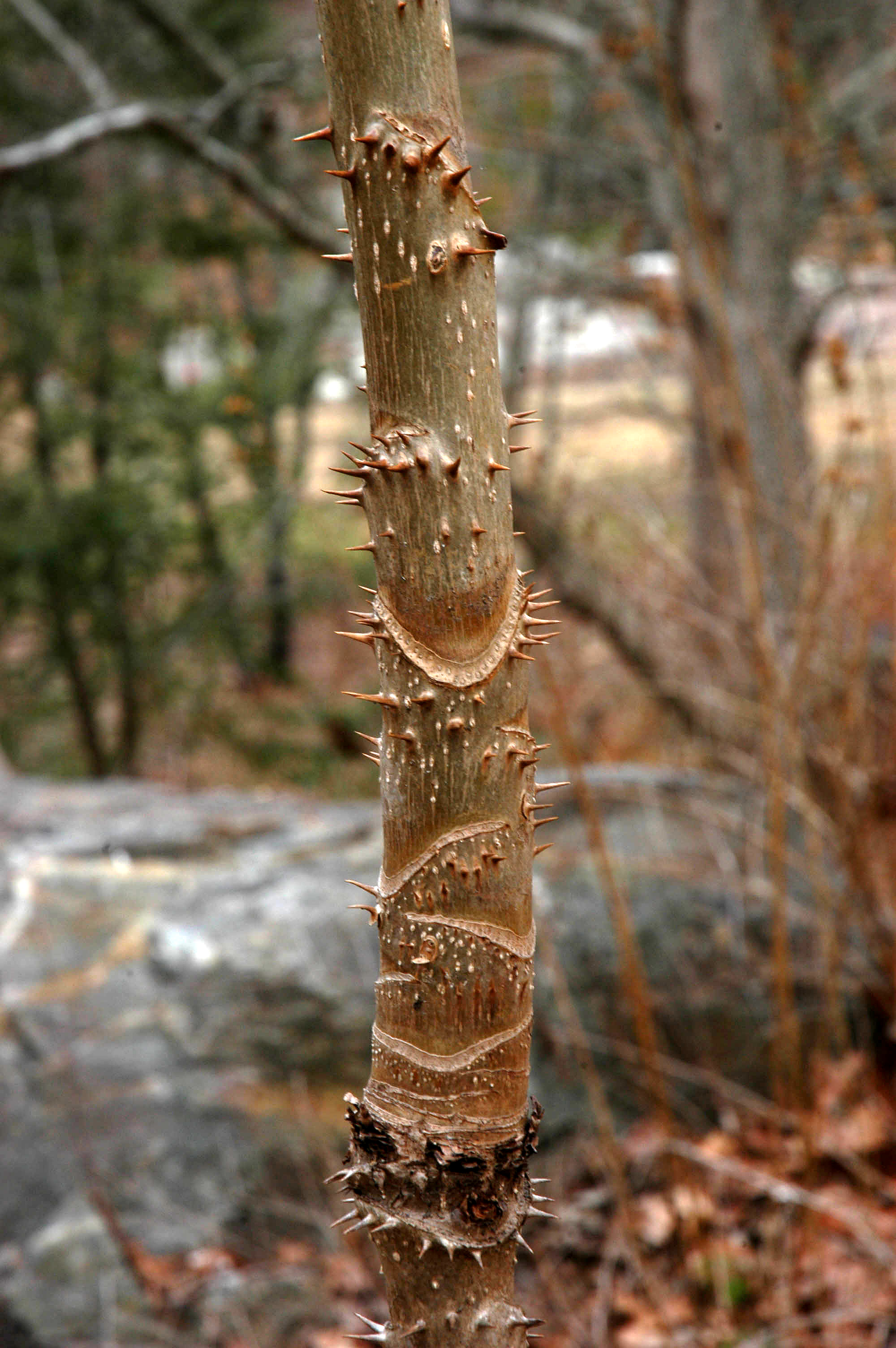|
Hercules' Club (other)
Hercules' Club may refer to: *Hercules' Club (amulet), a Roman and Migration era artefact type. Plants *'' Aralia spinosa'' (also called ''angelica tree'', ''devil's walking stick'', ''prickly ash'') *'' Zanthoxylum clava-herculis'' (also called ''pepperwood'', ''Southern prickly ash'') Rock formation *''Hercules' Club'' or ''Hercules' Bludgeon'', a 25-metre-high limestone column at Ojców National Park Ojców National Park ( pl, Ojcowski Park Narodowy) is a national park in Kraków County, Lesser Poland Voivodeship in southern Poland, established in 1956. It takes its name from the village of Ojców, where it also has its headquarters. Chopin ..., Poland. {{disambig, plant ... [...More Info...] [...Related Items...] OR: [Wikipedia] [Google] [Baidu] |
Hercules' Club (amulet)
Hercules' Club (also Hercules-club, Club-of-Hercules; German ', ') is a Roman Empire and Migration-era artefact type. Roman-era Hercules's Clubs appear from the 2nd to the 3rd century, spread over the empire (including in Roman Britain, cf. Cool 1986), mostly made of gold, shaped like wooden clubs. A specimen found in Köln-Nippes bears the inscription "DEO HERuli, confirming the association with Hercules. Indeed, already Tacitus mentions a special affinity of the Germans for Hercules, stating "they say that Hercules, too, once visited them; and when going into battle, they sing of him first of all heroes." This Hercules may be Tacitus' identification of Donar through ''interpretatio romana''. There are two basic types, the smaller type (ca. 3 cm) cast in molds, and the larger (ca. 5 cm) wrought from sheet metal. A type of bone pendants found in Iron Age (Biblical period) Palestine is also associated with the Club-of-Hercules jewelry of the Roman era (Platt 1978). A votive ma ... [...More Info...] [...Related Items...] OR: [Wikipedia] [Google] [Baidu] |
Aralia Spinosa
''Aralia spinosa'', commonly known as devil's walking stick, is a woody species of plant in the genus ''Aralia'', family Araliaceae, native to eastern North America. The various names refer to the viciously sharp, spiny stems, petioles, and even leaf midribs. It has also been known as Angelica-tree. This species is sometimes called Hercules' club, prickly ash, or prickly elder, common names it shares with the unrelated ''Zanthoxylum clava-herculis''. For this reason, ''Aralia spinosa'' is sometimes confused with that species and mistakenly called the ''toothache tree'', but it does not have the medicinal properties of ''Zanthoxylum clava-herculis''. ''Aralia spinosa'' is occasionally cultivated for its exotic, tropical appearance, having large lacy compound leaves. It is closely related to the Asian species ''Aralia elata'', a more commonly cultivated species with which it is easily confused. Description ''Aralia spinosa'' is an aromatic spiny deciduous shrub or small tree growi ... [...More Info...] [...Related Items...] OR: [Wikipedia] [Google] [Baidu] |
Zanthoxylum Clava-herculis
''Zanthoxylum clava-herculis'', the Hercules' club, Hercules-club, pepperwood, or southern prickly ash, is a spiny tree or shrub native to the southeastern United States. It grows to 10–17 m tall and has distinctive spined thick, corky lumps 2–3 cm long on the bark. The leaves are glabrous and leathery, pinnately compound, 20–30 cm long with 7-19 leaflets, each leaflet 4–5 cm long. The flowers are dioecious, in panicles up to 20 cm long, each flower small, 6–8 mm diameter, with 3-5 white petals. The fruit is a two-valved capsule 6 mm diameter with a rough surface, and containing several small black seeds. The tree has also been called ''Z. macrophyllum''. The genus name is sometimes spelled ''Xanthoxylum.'' Along with the related ''Zanthoxylum americanum,'' it is sometimes called "toothache tree" or "tingle tongue" because chewing on the leaves, bark, or twigs causes a tingling numbness of the mouth, tongue, teeth and gums. It was used f ... [...More Info...] [...Related Items...] OR: [Wikipedia] [Google] [Baidu] |
Ojców National Park
Ojców National Park ( pl, Ojcowski Park Narodowy) is a national park in Kraków County, Lesser Poland Voivodeship in southern Poland, established in 1956. It takes its name from the village of Ojców, where it also has its headquarters. Chopin visited Ojców in 1829. It is Poland's smallest national park, with an original area of , since expanded to . Of this area, is forested and is strictly protected. The park is approximately north of Kraków, in the Jurassic Kraków-Częstochowa Upland. Geography Karst topography of soluble bedrock characterizes the park, which in addition to two river (the Prądnik and Saspówka) valleys contains numerous limestone cliffs, ravines, and over 400 caves. The largest of these, Łokietek's Cave (said to have sheltered King Władysław I Łokietek, for whom it was named), is deep. The area is also noted for its rock formations, the most famous being Hercules' Club, a -high limestone column. Ojcowski Park is very biodiverse; over 550 ... [...More Info...] [...Related Items...] OR: [Wikipedia] [Google] [Baidu] |

